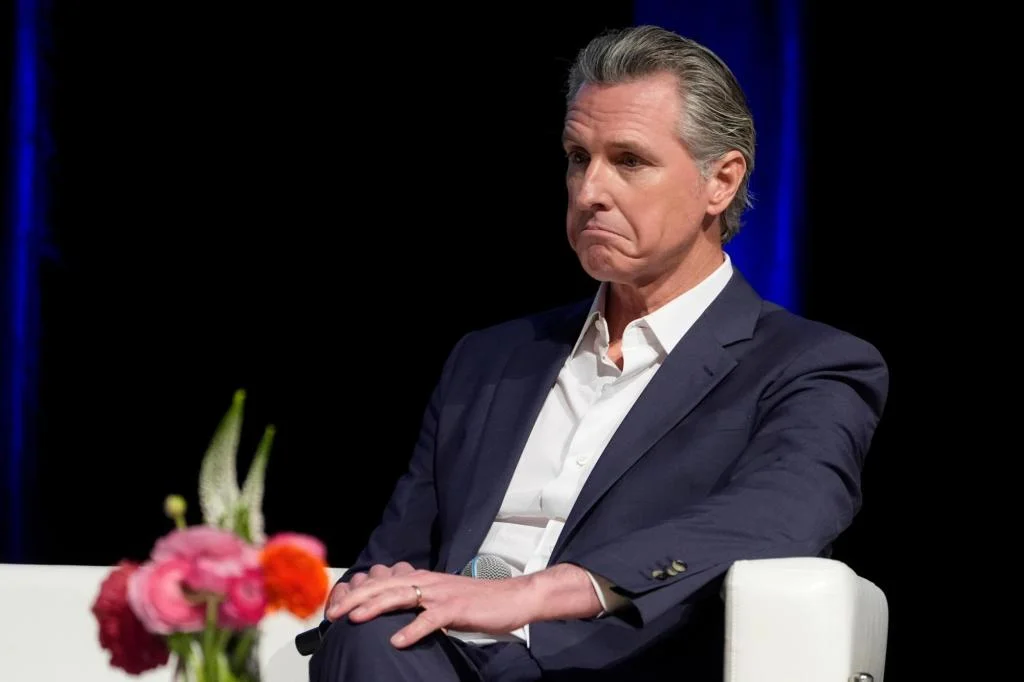
Is California’s Booming Economy Masking a Job Market Crisis?
Amid California's reputation as a global economic powerhouse, recent data reveals a troubling undercurrent in its job market. As the state that boasts the world's fourth-largest economy, one might expect robust employment opportunities. However, indicators suggest that California is struggling to keep up with national trends, raising questions about the true health of its workforce and what this means for residents and businesses alike.
In the latest analyses, California's job growth has significantly slowed, with experts pointing to a disconnect between the state's economic size and its employment performance. According to reports from the Bureau of Labor Statistics, the state added only 131,000 jobs in 2024, a 15% decrease from the previous year and the weakest annual growth since 2010, excluding pandemic fluctuations. This slowdown is particularly stark when compared to the rest of the U.S., where job creation has outpaced California for over two years. Factors such as sector-specific layoffs in tech and Hollywood, coupled with broader economic uncertainties like tariffs and federal funding cuts, are exacerbating the issue.
Digging deeper, California's unemployment rate has climbed to 5.3%, up from a post-pandemic low of 3.8%. This rise affects about one million residents, with job losses totaling 33,000 since January. While some sectors show resilience—for instance, health care and social assistance have added over 385,000 jobs, driven by demand for personal care workers and hospital staff—others are faltering. The information sector, including tech firms, has shrunk by 15% since September 2022, and professional services have declined by 4%. These contrasts highlight a mixed picture: government and education sectors have grown, adding 163,000 jobs, but overall hiring rates have plummeted to their lowest since 2010 at just 2.9% of the workforce.
Analysts attribute this reluctance to hire to cautious business strategies amid economic headwinds. Layoffs, surprisingly, are not the primary concern; in fact, they remain below average at 1% of jobs, the third-lowest on record. Instead, the real issue lies in reduced job openings and quits, signaling a lack of confidence. For workers, this means fewer opportunities—job postings are down 23% from 2023—and a growing sense of frustration. As Jonathan Lansner, a business columnist, notes in his analysis, 'What’s truly troubling is the reluctance of bosses to add new workers,' underscoring how this trend could stifle innovation and growth in a state known for its dynamism.
These developments paint a picture of a state at a crossroads. Without targeted interventions, such as policies to boost hiring in struggling sectors, California risks broader economic repercussions, potentially edging toward recession. The March data, the most recent available, doesn't fully capture emerging challenges like new tariffs on the state's $750 billion trade economy, which could further dampen prospects.
In summary, while California's job market isn't in freefall, its lagging growth compared to the national average signals potential trouble ahead. This situation underscores the need for strategic adjustments to foster broader prosperity. What do you think—can California turn this around? Share your thoughts in the comments below and help us explore solutions for the Golden State's workforce.